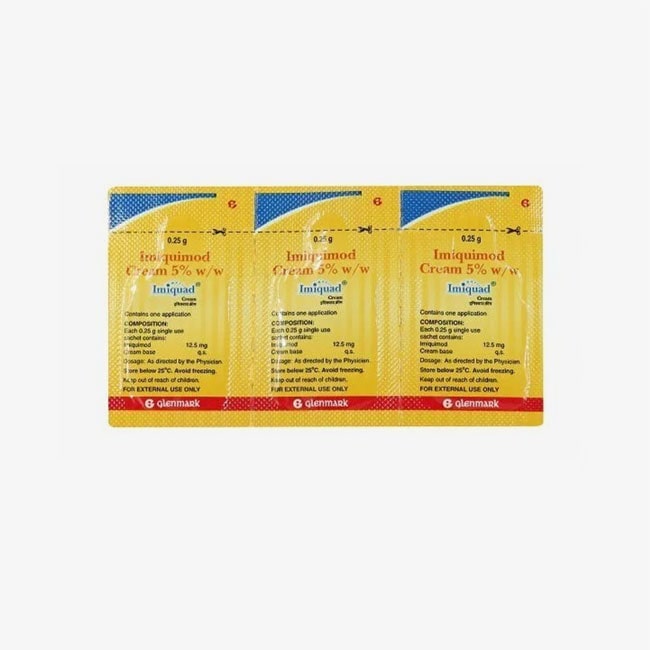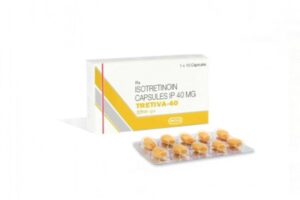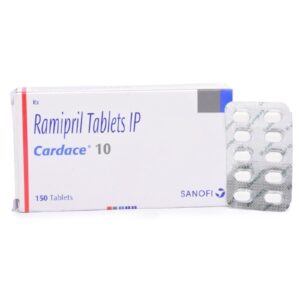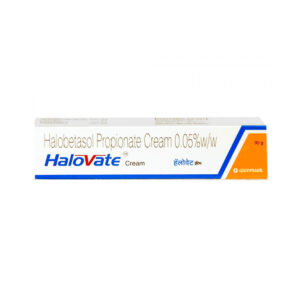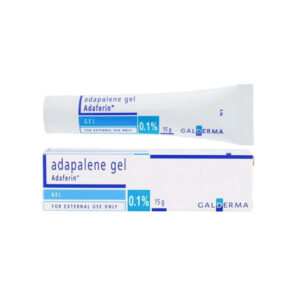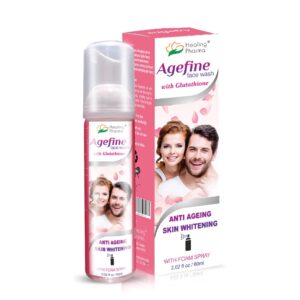Imiquimod Information
What is this drug used for?
• It is used to treat genital warts.
• It is used to treat perianal warts.
• It is used to treat skin harmed by the sun and some skin cancers.
Possible side effects
Imiquimod may cause side effects. Tell your doctor if any of these symptoms are severe or do not go away:
• Change in color of skin. This may not go back to normal.
• Headache.
• Upset stomach.
• Feeling tired or weak.
• Signs of a common cold.
• Sinus pain.
Some side effects can be serious. If you experience any of these symptoms, call your doctor immediately or get emergency medical treatment:
For all uses of this drug:
• Signs of an allergic reaction, like rash; hives; itching; red, swollen, blistered, or peeling skin with or without fever; wheezing; tightness in the chest or throat; trouble breathing, swallowing, or talking; unusual hoarseness; or swelling of the mouth, face, lips, tongue, or throat.
• Flu-like signs. These include headache, weakness, fever, shakes, aches, pains, and sweating.
• Bleeding.
• Swollen gland.
For genital or perianal warts:
• Vaginal pain or swelling.
• Trouble passing urine.
Medication Safety Issues
Sound-alike/look-alike issues:
Aldara may be confused with Alora, Lialda
Storage and Stability
2.5% and 3.75% cream: Store at 25°C (77°F); excursions permitted to 15°C to 30°C (59°F to 86°F); do not freeze. Store pump upright. Discard pump after a full course of therapy has been completed. Discard partially used packets; do not reuse.
5% cream: Store at 4°C to 25°C (39°F to 77°F); do not freeze. Discard partially used packets; do not reuse.
Vyloma (Canadian product; not available in the US): Store at 15°C to 25°C (59°F to 77°F); do not freeze.
Adverse Reactions
>10%:
Dermatologic: Localized erythema (58% to 100%; remote: 2%), xeroderma (local; including flaking, scaling; 18% to 93%; remote: 1%), crusted skin (local; 4% to 93%), skin sclerosis (local; 5% to 84%), dermal ulcer (local; 4% to 62%; remote: 2%), localized vesiculation (2% to 31%), excoriation (local; remote: 1%)
Infection: Fungal infection (2% to 11%)
Local: Localized edema (12% to 78%; remote: 1%), application site discharge (22% to 51%), local pruritus (3% to 32%), localized burning (9% to 26%)
Respiratory: Upper respiratory tract infection (15% to 33%)
1% to 10%:
Cardiovascular: Chest pain, localized blanching
Central nervous system: Headache (2% to 6%), fatigue (1% to 4%), dizziness (<1% to 3%), local discomfort (soreness; ≤3%), rigors (1%), anxiety, pain, tingling of skin (local)
Dermatologic: Skin pain (local; 1% to 8%), skin hypertrophy (local; 3%), skin infection (local; 1% to 3%), eczema (2%), cheilitis (≤2%), alopecia (1%), dermal hemorrhage (local), localized rash, papule (local), seborrhoeic keratosis, skin tenderness (local), stinging of the skin (local), tinea (cruris)
Endocrine & metabolic: Increased serum glucose
Gastrointestinal: Nausea (1% to 4%), diarrhea (1% to 3%), anorexia (≤3%), vomiting (1%), dyspepsia
Genitourinary: Bacterial vaginosis (3%), urinary tract infection (1%)
Hematologic & oncologic: Squamous cell carcinoma (4%), lymphadenopathy (2% to 3%)
Infection: Herpes simplex (≤3%)
Local: Local irritation (3% to 6%)
Neuromuscular & skeletal: Arthralgia (1% to 3%), myalgia (≥1%), back pain
Respiratory: Sinusitis (7%), flu-like symptoms (<1% to 4%), cough, pharyngitis, rhinitis
Miscellaneous: Fever (≤3%)
Postmarketing and/or case reports: Abdominal pain, acute exacerbations of multiple sclerosis, agitation, anemia, angioedema, atrial fibrillation, capillary leak syndrome, cardiac failure, cardiomyopathy, cellulitis (local), cerebrovascular accident, chills, depression, dermatitis, dyspnea, dysuria, erythema multiforme, erythema (scrotal), exacerbation of psoriasis, exacerbation of ulcerative colitis, exfoliative dermatitis, febrile seizures, Henoch-Schönlein purpura (IgA vasculitis), hepatic insufficiency, herpes zoster, hyperpigmentation, immune thrombocytopenia (ITP), insomnia, ischemia, lethargy, leukopenia, malignant lymphoma, myocardial infarction, pain (scrotal), palpitations, pancytopenia, paresis, proteinuria, psoriasis, pulmonary edema, scrotal edema, seizure, squamous cell carcinoma, supraventricular tachycardia, syncope, tachycardia, thrombocytopenia, thyroiditis, ulcerative colitis, ulcer (scrotal), urinary retention, urticaria, vertebral disk disease (spondylitis onset or exacerbated) –


